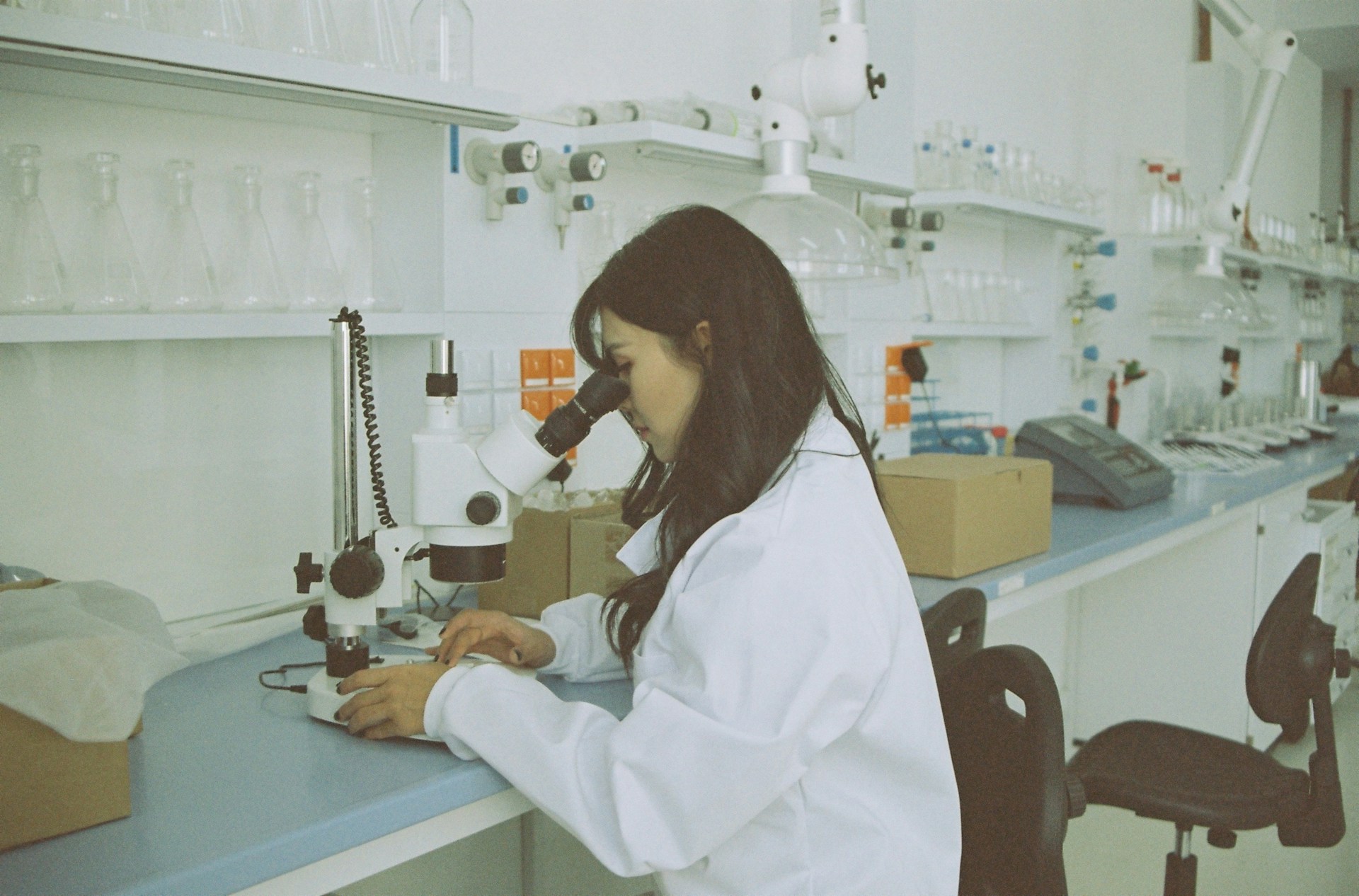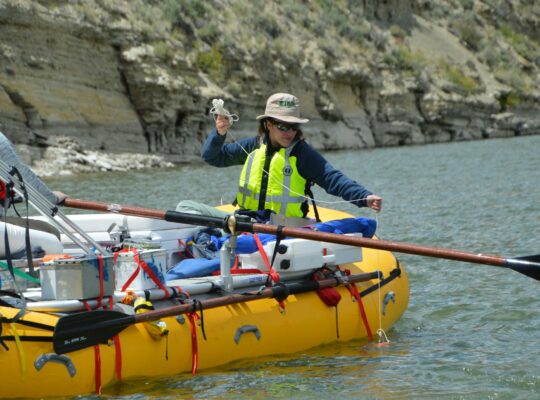Researchers develop a new method to extract lithium from seawater and other dilute sources, addressing growing demand.
Researchers at the University of Chicago’s Pritzker School of Molecular Engineering have developed a new method for extracting lithium from seawater and other dilute sources, potentially transforming the electric vehicle industry and addressing critical supply chain issues.
As global demand for lithium surges due to the booming EV market, traditional extraction methods are struggling to keep pace. Lithium production has more than tripled in the last decade, but current techniques, which involve mining lithium-rich rock or evaporating brine pools, are slow, energy-intensive, and environmentally costly. These methods also rely on highly concentrated lithium sources found in only a few countries.
The new method, detailed in a study published in Nature Communications, uses specially engineered iron phosphate particles to efficiently extract lithium from dilute sources such as seawater, groundwater, and even wastewater from fracking and offshore oil drilling.
Chong Liu, Neubauer Family Assistant Professor of Molecular Engineering and senior author of the study explained the significance of their work: “Right now, there is a gap between the demand for lithium and the production. Our method allows the efficient extraction of the mineral from very dilute liquids, which can greatly broaden the potential sources of lithium.”
The research team, led by Liu, focused on optimizing the size of olivine iron phosphate particles used in the extraction process. They discovered that particle size plays a crucial role in the efficiency and ability to extract lithium from seawater.
“When you produce iron phosphate, you can get particles that are drastically different sizes and shapes,” Yan explained. “In order to figure out the best synthesis method, we need to know which of those particles are most efficient at selecting lithium over sodium.”
The team synthesized olivine iron phosphate particles using different methods, resulting in a range of particle sizes spanning 20 to 6,000 nanometers. They then divided these particles into groups based on their size and used them to build electrodes that could extract lithium from a weak solution.
Their experiments revealed a “sweet spot” in particle size that maximizes the selectivity for lithium over sodium, a common contaminant in brine solutions. Particles that were too large or too small tended to let more sodium into their structures, leading to less pure extractions of lithium.
“It turned out that there was this sweet spot in the middle where both the kinetics and the thermodynamics favor lithium over sodium,” Liu noted.
This electrochemical approach to extract lithium from seawater could dramatically reduce the environmental impact of lithium production while simultaneously expanding the available sources of the mineral. Unlike traditional methods that require massive amounts of water or energy-intensive mining operations, this new technique can work with much more dilute solutions.
The environmental benefits of this new method to extract lithium from seawater are substantial. Traditional lithium extraction from brine pools typically requires pumping large volumes of water to the surface and allowing it to evaporate over more than a year, consuming significant amounts of water in often water-scarce regions. In contrast, the new method to extract lithium from seawater can work with much more dilute solutions and doesn’t rely on water-intensive evaporation processes. For lithium extracted from rock ores, the new method could potentially reduce the need for energy-intensive mining and crushing operations, as well as the use of strong acids in the extraction process.
Liu highlighted these environmental advantages: “These methods aren’t particularly environmentally friendly to begin with, and if you start trying to work with less concentrated sources of lithium, they’re going to become even less efficient. If you have a brine that is 10 times more dilute, you need 10 times more briny water to get the same amount of lithium.”
While this new method shows great promise, it’s not the only innovative approach being developed to address lithium extraction challenges. Other emerging technologies include advanced membrane filtration systems, which aim to selectively extract lithium from seawater in higher concentrations, and direct lithium extraction technologies that use chemical processes to isolate lithium from brine without the need for evaporation ponds. Some researchers are also exploring the use of engineered bacteria to extract lithium from mine waste.
Compared to these other emerging technologies, the University of Chicago team’s approach to extract lithium from seawater offers several potential advantages. It can work with more dilute sources of lithium, potentially opening up new resources that were previously uneconomical to exploit. Additionally, the use of iron phosphate particles may offer cost advantages over some other methods that rely on more expensive materials or complex chemical processes.
As for the timeline to commercialization, Liu and her team estimate that it could take 5-10 years to scale up the technology and bring it to market. This timeline includes further optimization of the extraction process, pilot-scale testing, and the development of industrial-scale production facilities. However, the researchers caution that this is a preliminary estimate, and the actual timeline could vary depending on factors such as funding, regulatory approvals, and partnerships with industry.
The implications of this breakthrough are significant. As electric vehicle production ramps up worldwide, securing a stable and environmentally sustainable lithium supply has become a critical challenge. The ability to extract lithium from seawater could help meet the growing demand while reducing the industry’s environmental footprint.
Moreover, by enabling lithium extraction from more widespread sources, including seawater, the technology could reduce geopolitical tensions surrounding lithium supply chains, which are currently concentrated in a handful of countries.
The findings are vital to moving electrochemical lithium extraction toward commercial use. They suggest that researchers should focus on producing olivine iron phosphate at the ideal particle size for optimal lithium extraction.
While the research is still in its early stages, the team’s findings provide a clear direction for future development. The next steps will likely involve scaling up the process and testing its efficiency in real-world conditions.
As the world transitions towards renewable energy and electric transportation, innovations like this will play a crucial role in ensuring a sustainable and secure supply of critical minerals. If successfully commercialized, this new method to extract lithium from seawater could mark a significant step forward in the global effort to combat climate change and reduce dependence on fossil fuels.
The breakthrough is critical for the EV industry, which has seen exponential growth in recent years. As more automakers commit to electrifying their fleets, the demand for lithium-ion batteries is expected to skyrocket. This new extraction method could help prevent potential bottlenecks in the supply chain that could otherwise slow the adoption of electric vehicles.
Furthermore, the ability to extract lithium from diverse sources could lead to more localized production, reducing transportation costs and emissions associated with shipping lithium across the globe. This could also enhance energy security for countries lacking significant lithium reserves.
As research in this field continues, innovative approaches to lithium extraction will play a crucial role in shaping the future of clean energy and sustainable transportation. The University of Chicago team’s work represents a significant step forward in this critical area of research, offering hope for a more sustainable and efficient lithium supply chain in the years to come.










